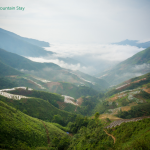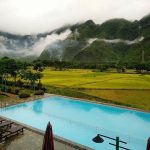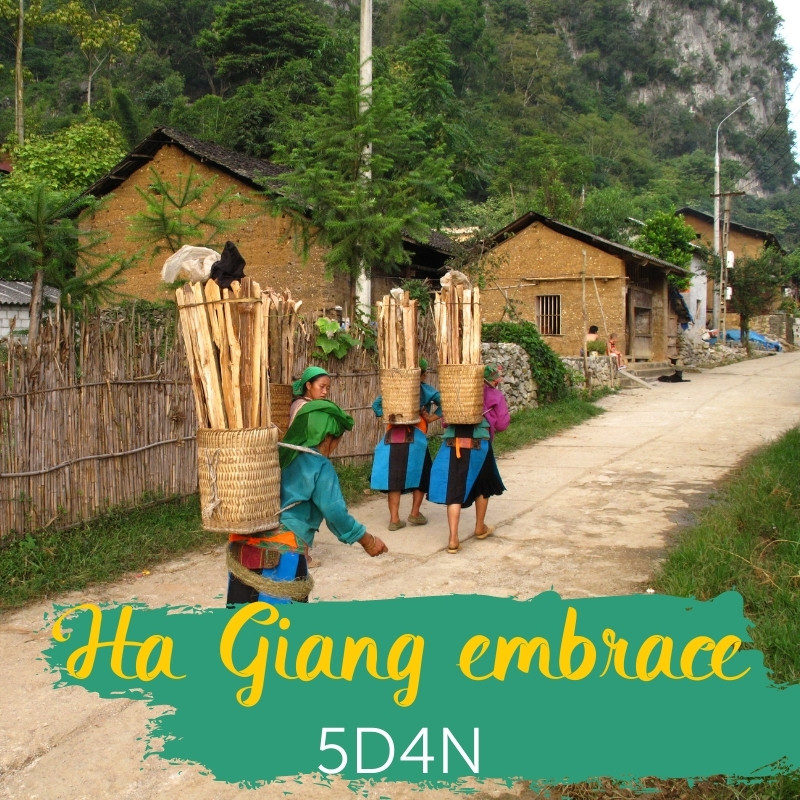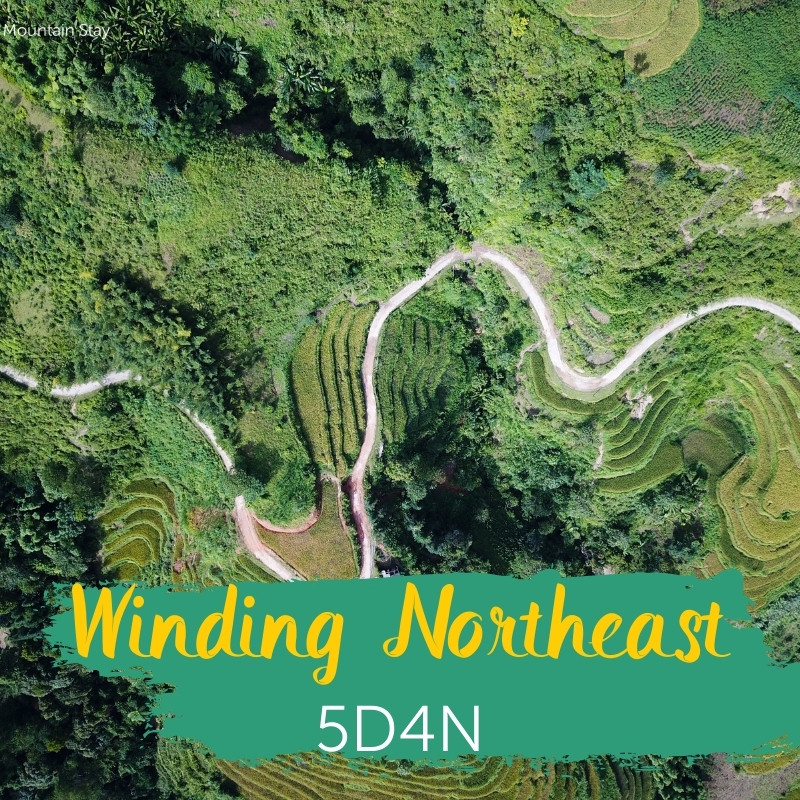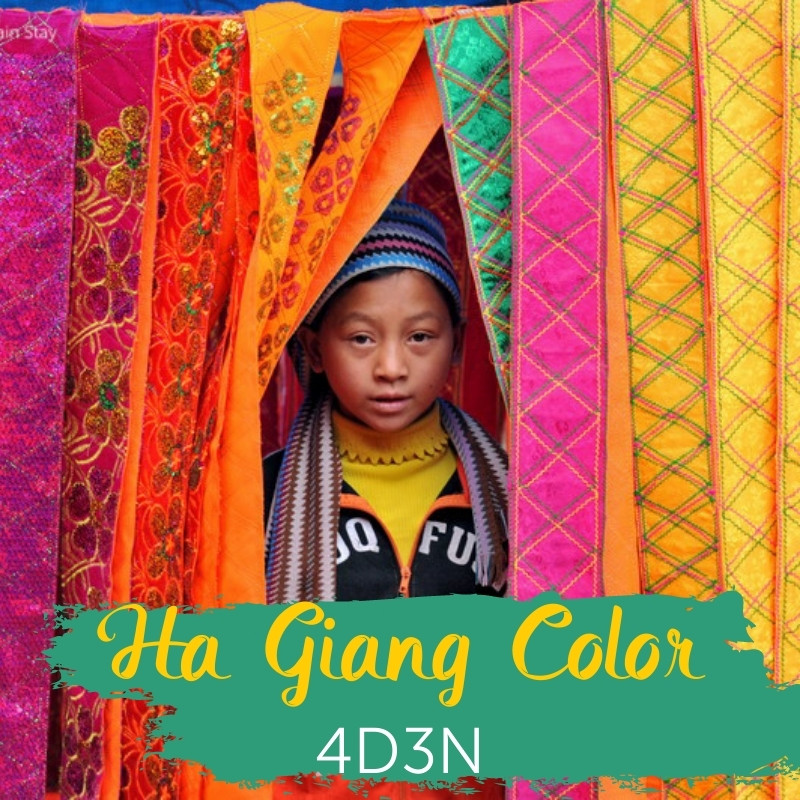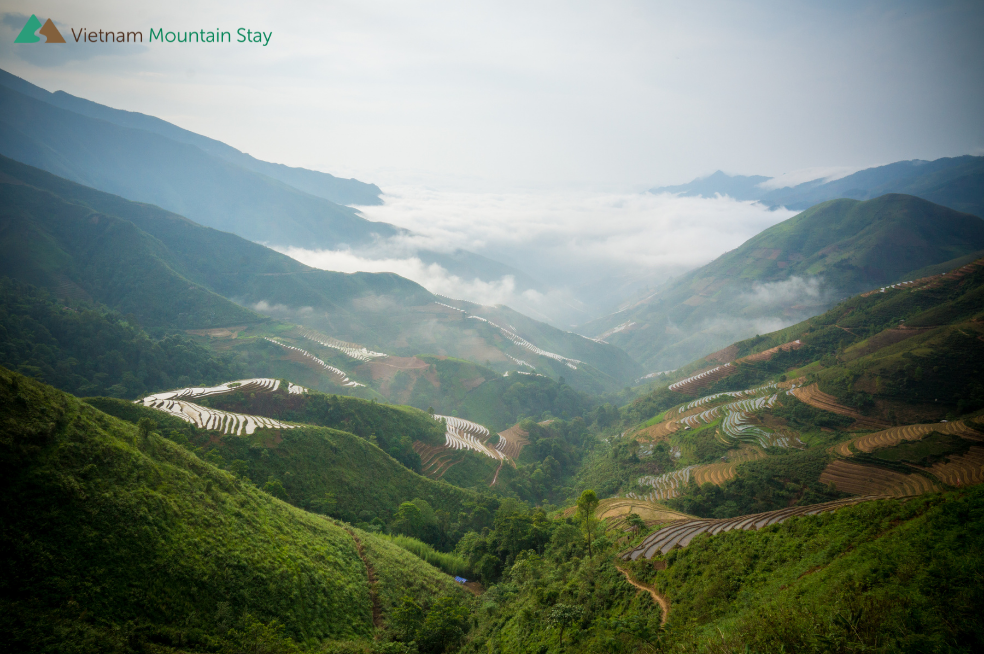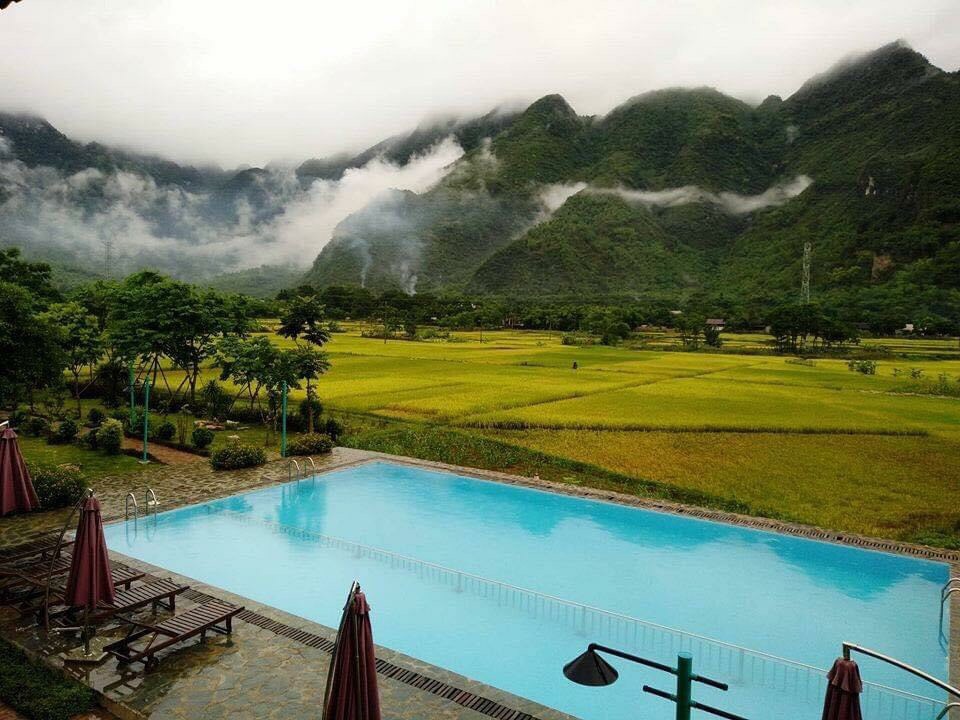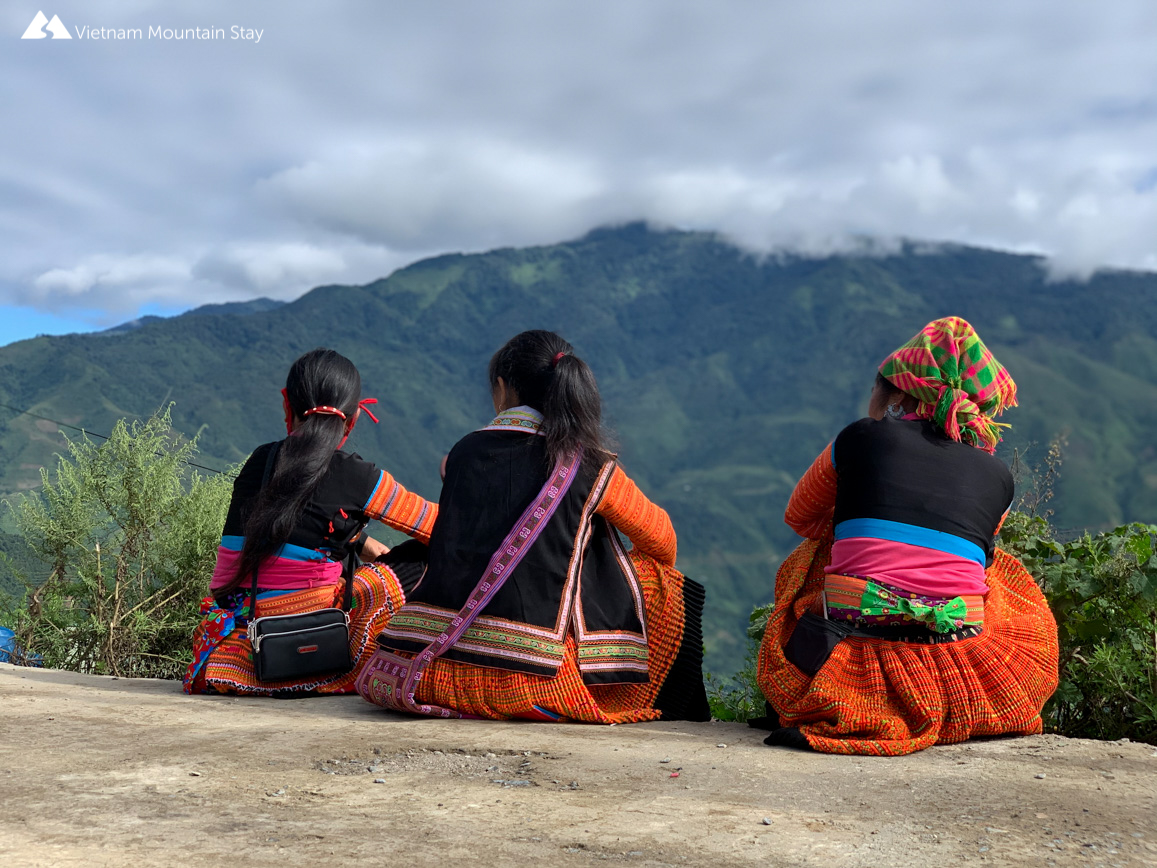
9 best things to do in Ha Giang Vietnam (unique + 2021 updated)
Wondering how to make a list of things to do in Ha Giang? If you are not happy with some search results that bring back quite a few repeated information, mostly numbers and not up to date? I hope the blog below can help out a bit.
A brief history of Ha Giang
Ha Giang is the northernmost province of Vietnam, sharing borders with China. The province is to the east of Lao Cai and to the west of Cao Bang. The northeast pole of Vietnam is home to more than twenty ethnic minorities. Those who account the most are the Dzao, Tay, H’mong, Nung, and the majority Kinh people.
Ha Giang has a 25-year history on the Vietnam travel map. Yet, it was not until 15 years ago did it thrive to be both international and domestic travelers’ favorite mountainous muse. The country’s modernization and industrialization have resulted in more new roads and bridges. Consequently, Ha Giang started getting more and more popular.
Since it is a remote mountainous area, it takes a long ride to get to Ha Giang. Be it a direct drive from Hanoi or a connecting trip from Lao Cai or Cao Bang, the driving time always ranges from 6 to 8 hours, in fair road conditions.
9 best things to do in Ha Giang
Being a Ha Giang lover, I’ve been to the province more than 5 times. All suggested things to do in Ha Giang below are all essential experiences for all Ha Giang first-time travelers. I believe they need a simple guide telling the guaranteed & worthy things to do and highlights, not overwhelming them with lots of seemingly alike things.
Following these. you will not miss any must-dos, thus have a memorable and completed trip to Ha Giang.
1. Quan Ba Heaven Gate
Out of Ha Giang city for 45 km to the north, there’s a sign leading you to the Heaven Gate. After almost 200 steps climbing to the top, you will be in a 1400m high look-out to the green mountains and Tam Son town beneath. The view is truly breathtaking. Quan Ba Pass is also known as the beginning point of your mountain ride around Ha Giang
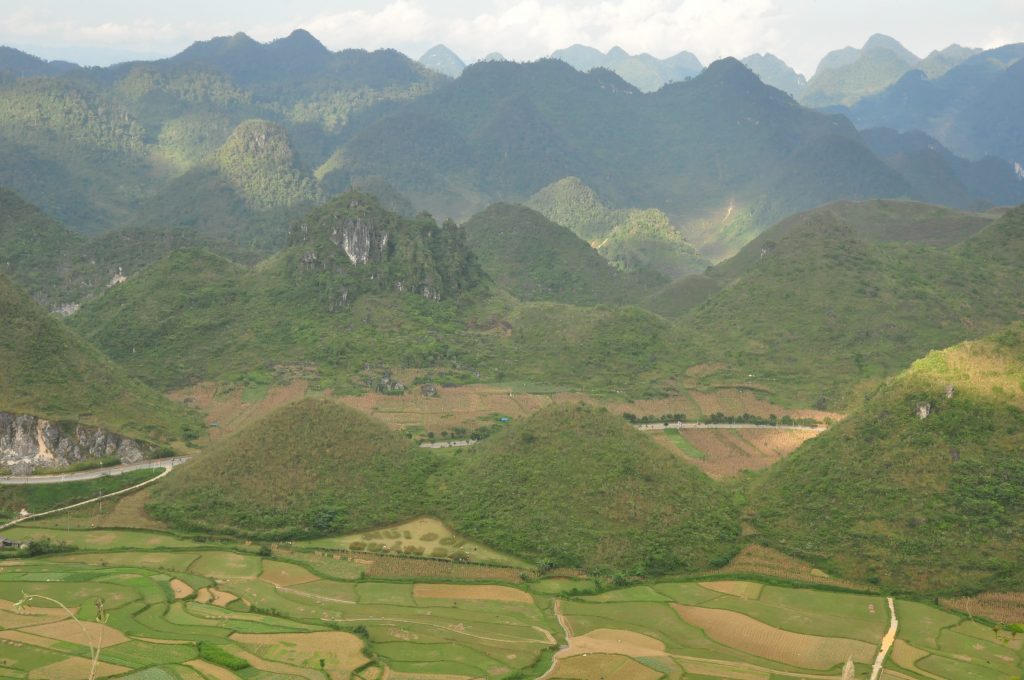
Expert’s tip
There is a nice and well-organized homestays community called Nam Dam, inhabited by the Dzao people nearby, within 2 km distance. Locals in this village provide good food, clean and comfortable beds. Walking around the village is learning and relaxing.
2.Pho Cao valley
Situated in the valley of Dong Van district, Pho Cao showcases a nice selection of over 50 traditional earth-walled houses of the Hmong. According to the senior H’mong locals, those houses aged from 120 to 150 years old. In winter and spring, the valley is covered up with white plum flowers, peach flowers, and buckwheat flowers. Dotted by the earth-walled houses, the mountainous village is so picturesque that can awe any travelers’ heart.
Expert’s tip:
The locals in this village are found to be much friendly than some other H’mong communities. An hour walk, visit the old house, and interact with local H’mong will be fun & full of experience
3. Dong Van Karst Plateau Geopark:
Situated in the northeastern Ha Giang, formed during the karst evolution, Dong van karst plateau features a spectacular and unique landscape of towering mountains, deep canyons with rocky gardens & rocky forests of 2360 square meters. At 1971meter height, ) Mieu Vac is the highest peak, while at 700-800 meters deep, the deepest Canyon is Tu San (700-800 m deep). With such diversified topography, Dong Van inherits lots of beautiful sights, geological values, various ethnicities and stunning mountain passes
Expert’s tip:
Always have your camera ready as the rock plateaus can be viewed differently from any angle.
4. H’mong King’s Palace:

19 km from Dong Van town center, the H’mong King’s Palace (a.k.a Nha Vuong) once witnessed the powerful H’mong territory. It’s built over a hundred and thirty years ago in an area of 3000 square meters, showing off the wealth and the sovereignty of the H’mong leader Vuong Chinh Duc. Word of mouths said that the construction had taken place in 10 years and cost nearly 6.5 million US dollars. While it involved a huge labor force from H’mong people. It’s quite understandable that the magnificent and impregnable palace was built in such efforts and cost due to the hard topography and transport condition of the area. Today, the H’mong King’s Palace is known as the national historical site and a museum for visitors
Expert’s tip for photograph lovers
Morning or late afternoon is a great time to visit for good lighting, angle and tranquility, maybe.
5. Old Villa of the Vu family

5kms from the King’s Palace, the old and nice villa of the Vu family stays hidden from the large mountain. According to the Vu descendants, this villa was built in an area of 480 square meters, 10 years earlier than the King’s Palace. The builder team of this villa, after finished their work here, was asked to join and carried out the construction at the King’s Palace.
“My great grandfather from 5 earlier generations was a rich merchant and had a lot of silver and gold. At that time, there were always more than 50 people worked for him” – Mr Vu Mi Giang, the 6th living generation in this old villa, said. The architect was also said to be contracted from China. So its architecture was the combination of H’mong and Chinese and with a few French influences, in line with the area’s topography and feng shui requirements. Unlike the King’s Palace which is now a museum, this old villa is still a home for 3 living generations. It is truly a living museum that features the real-life of the once rich H’mong family.
Expert’s tips:
It’s a real home. So you should call the villa owner Vu Mi Giang (phone number 086-925-1556) to kindly ask for visiting their house. Bring some little gift such as a bottle of wine or a box of cake as a friendly gesture. Expect to drink some home corn-wine from the family, they will invite you wholeheartedly.
6. Dong Van Sunday Market:

Along the Northern trails, there’s plenty of market days set by the locals in that region. But most main market days will be held on Sunday. And it always goes beyond the definition of a buy & sells market but a festive time. Dong Van Sunday Market is one of those. From early morning, locals in the neighborhood and the vicinity areas bring their raised castles, agricultural products to join this market. Whether they are little girls or senior women, they will dress up and make up a bit. Everyone joining the market hopes for a good sell/buy, meet-up time with friends and relatives, and good gathering meals/drinks. Besides the costumes’ vivid colors and various things sold at the market, the sound, you will surely enjoy the market’s rural festive vibe.
Expert’s tip:
Though it is called Sunday market, the session is in the morning only. Visit early then you will have plenty of time collecting “later memories”. And by early, I mean after 6 am.
7. Ma Pi Leng Pass
People built Ma Pi Leng pass in the late 1960s after the call of the Government for more mountainous reclamation. Ever since, the road pass has been essentially and conveniently connecting Dong Van to Meo Vac. Today, Ma Pi Leng is among Vietnam’s most amazing yet dangerous passes & undeniably the most stunning pass Ha Giang. With a 20-km length, at 1600 meters height, the long winding road looks like a skinny trail across towering mountains from afar. Looking closer, Ma Pi Leng has many sharp turns with a deep mountain cliff at one side. Dangerous as it seems, the view is irresistibly magnificent.
Expert’s tip:
The pass is not very larger for a double-line road. Yet it is the main flow of transportation for locals. Thus, you should watch out carefully when stop and take pictures.
8. Nho Que riverboat cruise

From Ma Pi Leng Pass you can view down the emerald water of Nho Que River. The river starts its flow from China and runs through this part of Vietnam. Thanks to the steep mountain cliffs forming Tu San canyon and the recent-built dam, the current is not too fierce. Thus, boat activity becomes possible. Hiring a boat, gently cruise along the canyon while enjoy all the mountain cliffs in a tranquil ambiance will be an unforgettable experience.
Expert’s tip:
You should hire your boat in advance to avoid waiting time or boat unavailability.
9. Hoang Su Phi – Ban Phung

Located in Ha Giang’s northwest, Ban Phung belongs to Hoang Su Phi district, where has the nicest rice terraces in Vietnam’s north mountain. Ban Phung is home to La Chi ethnic minority. Uniquely and wildly, they still practice some uncivilized customs. For instance, men & women still eat separately and they offer buffalo’s heads at the death graves. However, the rice terraces they cultivate are taller and larger than nowhere else, making it the best place for rice terraces scenery. After visiting Ban Phung, many travelers have renamed the place as “rural Switzerland of Vietnam”
Expert’s tip:
The best time to visit Ban Phung is from the second half of September to early October in the harvest season.
Suggested Ha Giang tours
Final Ha Giang travel tips
Ha Giang was once a misty legend to us kids in the 80s. Since it was featured in the school book but no one we know seemed to have been there. Thanks to nicer roads, newly-built bridges, Ha Giang becomes accessible to all world travelers.
Don’t forget to plan for Ha Giang in your trip to Vietnam. 4-5 days will work for the tour. Also, let’s travel in Sep, Oct & Nov or Mar & Apr as there are the best months to visit. I hope this blog for Ha Giang things to do will be helpful to your planning. See you there!
Post a Comment
You must be logged in to post a comment.

